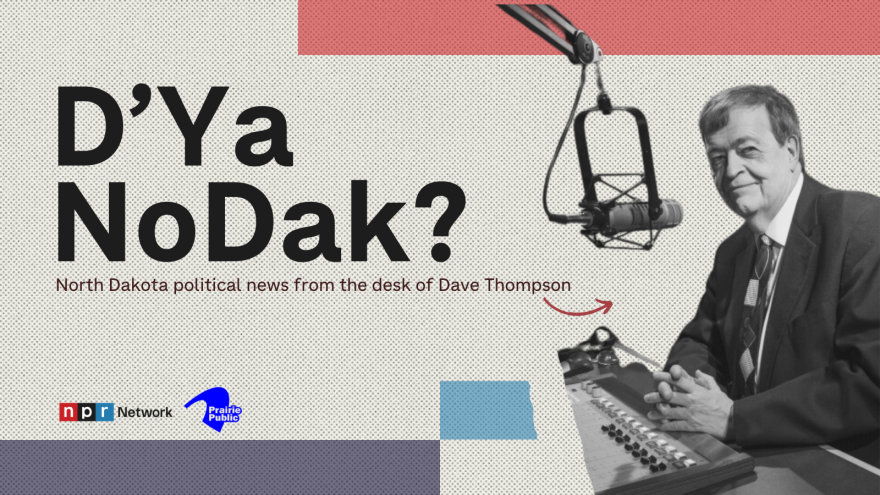In the latest report from North Dakota’s Office of Management and Budget, there was concern over a forecasted revenue amount being short. However, OMB says that was just a timing issue, and some of the June collections were credited to the new biennium. So, the state is still on-target for its revenue forecast.
What happens if the budget is short?
“Budget allotments” is the process used when state revenues don’t meet forecasts, and to prevent the government from deficit spending. It is the responsibility of the Governor to make the allocations, and they have to be across-the-board reductions. The Legislature retains the power of the purse, and can make changes when it’s in session.
If the general fund budget comes up short, the state has “rainy day” funds to make up the balance – including the Budget Stabilization Fund.
Since 1987, there have been budget allotments six times – in 1987, 1988, 1990, 1992, 2002, and 2016. In May, 1987, the Governor ordered a four percent allotment, and that amounted to $44.1 million. In 1990, the budget had to be reduced by $95.8 million, because of the successful referrals of sales tax and individual income tax increases. In 1993, the Governor ordered an allotment of $4.3 million, and in 2002, the allotment was 1.05 percent. Then, in 2016, the allotments were 4.05 percent in February, plus an additional 2.5 percent in August.
Rainy day funds
Besides the Budget Stabilization Fund, the state has a “Foundation Aid” stabilization fund that goes toward K-12 education. There is also the SIIF Fund – standing for “Strategic Infrastructure and Investment" fund, which some legislators have called “General Fund Two.” Those have come due to oil taxes.
The point: Unless the Governor calls a special Legislative session to deal with budget shortfalls, an across-the-board allotment can be ordered for general fund agencies.

